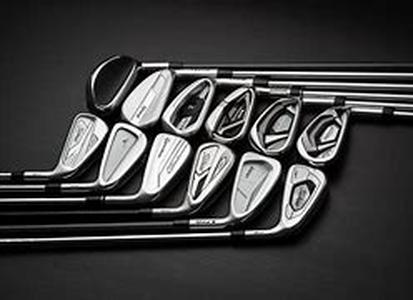
It Is By Far The Most Challenging And Essential Part Of The Dance That Every Student Should Learn As Keeping The Feet In Shape For Dance Is Not Always Easy. The Reason? Our Feet Change Shape With Age And With Other Biological Factors, Or Due To Injuries Incurred.Basically, Theres A No Way For The Dancers Of Ballet To Escape Learning En Pointe Ballet As It Is The Most Integral Part Of The Dance. Yes, It Is! However, En Pointe Ballet Should Not Be Attempted By A Young Or Older Dancer. It Should Only Be Performed By Those Who Are Capable Of Doing It. As Ive Said, Dancing En Pointe Ballet Is Not Easy As Pie. It Involves A Lot Of Balance, Strength, Endurance And Of Course Harmony Of The Movements. It Is In Fact A Requirement For Those Who Wish To Perform It To Have Strong Feet And Legs So To Successfully Perform The Dance. And, I Bet For A Regular Student Of Ballet, Learning The Basics Of En Pointe Ballet May Take Up To Three Or Four Years Of Practice.Now, What Really Is En Pointe Ballet? How It Is Performed?On The Most Basic, The En Pointe Is Also Known As Pointe Work. It Involves The Action Of Rising To The Tips Of The Toes While Performing The Steps Involved In A Ballet Technique. Well, To Make This Movement Possible, The En Pointe Ballet Is Usually Danced Using The So-called Hard Toed Pointe Shoes. Just Imagine The Shoes Worn By Ballerinas With A Flat Surface In Front. Thats The Pointe Shoes.There Are A Lot Of Techniques Involved In Dancing En Pointe Ballet. One Of The Most Popular Is The Rising To Full Pointe With The Absence Of A Foregoing Demi-plie. According To Some Experts, This Technique Involves The Knees Remaining Straight And Pulled Up As The Performer Employs His Or Her Muscles Of The Legs And Feet To Raise His Or Her Body Smoothly To Reach Full Pointe. However, It Is Important To Keep The Toes In The Floor When Performing This Act. It Should Possess A Sort Of Equal Control With The Knees Still Straight, While Lowering The Body Through The Feet And To The Heels.Another Notable Technique Involved In En Pointe Ballet Is To Relever In Order To Spring Up. Earlier, You Started With A Movement That Involves Demi-plie. Now, It Should Be Followed By A Light Spring To Full Pointe And The Dancer Should Finish The Move By Springing To Slide Down Into The Demi-plie.In En Pointe Ballet, Keeping The Thighs Stiff And The Knees Straight After The First Movement, As Mentioned Above, Is Also Of Great Importance. Many Dancers Call This Technique As Abaisser To Descend As The Dancer Here Tries To Descend From The Full Pointe By Way Of Releasing To The Demi-pointe, And Then Descending Slowly Until His Or Her Heels Are Rested On The Floor. Often, In En Pointe Ballet, This Technique Is Followed By Traveling Movements.There Are Other Movements Involved In En Pointe Ballet, But Most Of Them Are Complicated And Can Cause Serious Damage To The Feet, Ankles And Knees. So Its Important That Dancers Performing The Pointe Work Should First Wait For Their Body To Be Strong Enough To Bear The Weights And Pressure Caused By The Movements Involved.





